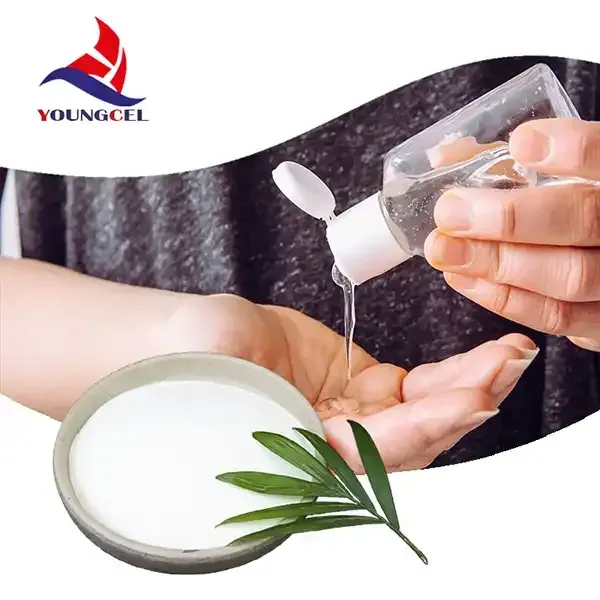Construct Grade HPMC An Overview of Hydroxypropyl Methylcellulose in Construction
Hydroxypropyl Methylcellulose (HPMC) is a versatile polymer derived from cellulose that has found widespread applications in various industries, notably in construction. It is renowned for its unique properties such as water retention, thickening, and film-forming abilities, making it an indispensable additive in construction materials like mortars, tiles, and plasters. This article delves into the construct grade HPMC, focusing on its composition, properties, applications, and benefits in the construction industry.
What is HPMC?
HPMC is a modified cellulose polymer produced through the chemical modification of natural cellulose fibers. The process involves etherification with propylene oxide and methyl chloride, resulting in a product that exhibits excellent solubility in water and enhances the performance of construction materials. Construct grade HPMC comes in various viscosities and molecular weights, allowing manufacturers to tailor the properties according to specific construction needs.
Properties of Construct Grade HPMC
One of the key properties of construct grade HPMC is its ability to retain water, which is crucial in maintaining the workability of construction mixtures. This water retention ensures prolonged open time, allowing builders to work with the material without it drying too quickly. Additionally, HPMC acts as a thickening agent, which helps achieve desired viscosity levels in mortars and adhesives. Its film-forming capability provides a protective layer, enhancing adhesion and durability.
Moreover, construct grade HPMC is known for its gelation properties when heated, which is an advantage when preparing certain construction products. It contributes to the overall strength and flexibility of mortar systems, allowing them to withstand various environmental conditions.
Applications in Construction
construct grade hpmc

HPMC is widely used in several construction applications. In cementitious formulations, such as tile adhesives, it acts to improve the workability and adhesion of the mixture, ensuring strong bonding to surfaces. It is also commonly used in exterior insulation and finish systems (EIFS) and thin-layer plaster systems.
In self-leveling compounds, HPMC enhances flow characteristics, allowing for even distribution and leveling of the surface without the need for extensive manual intervention. In addition, it is utilized in grouts, where its water retention properties prevent shrinkage and cracking.
Benefits of Using Construct Grade HPMC
The incorporation of construct grade HPMC into construction materials yields numerous benefits. Firstly, it enhances the workability of concrete and mortar mixes, making them easier to apply and manipulate on-site. This factor is particularly beneficial for projects requiring precision and care.
Secondly, HPMC’s water retention properties improve the curing process, enabling better hydration of cement particles. This leads to increased strength and durability of the final product while reducing the risk of defects such as cracking or early failure due to premature drying.
Furthermore, the use of HPMC in construction materials contributes to sustainability. By optimizing the performance of mixtures, manufacturers can reduce the total quantity of materials needed, leading to less waste and environmental impact.
Conclusion
Construct grade Hydroxypropyl Methylcellulose is a vital component in modern construction practices. With its unique properties that enhance workability, adhesion, and durability, HPMC proves to be an invaluable additive in various applications, from tile adhesives to self-leveling compounds. As construction technology advances, the role of HPMC will continue to grow, offering innovative solutions that encourage efficiency and sustainability in the industry. Its ability to adapt to various requirements makes it a critical asset for construction professionals aiming to improve the quality and longevity of their projects.
-
Premium Detergent Grade HPMC Hydroxypropyl Methylcellulose: Superior Thickening & StabilityNewsAug.31,2025
-
HEC 100000 Hydroxyethylcellulose for Paint | Superior ThickeningNewsAug.30,2025
-
Wall Putty Rdp Powder Packaging DesignNewsAug.29,2025
-
Introduction to Hpmc Hydroxypropyl Methyl CellulosNewsAug.29,2025
-
Hpmc Industri Grade IntegrationNewsAug.29,2025
-
How to Choose the Right Construction AdhesiveNewsAug.29,2025




